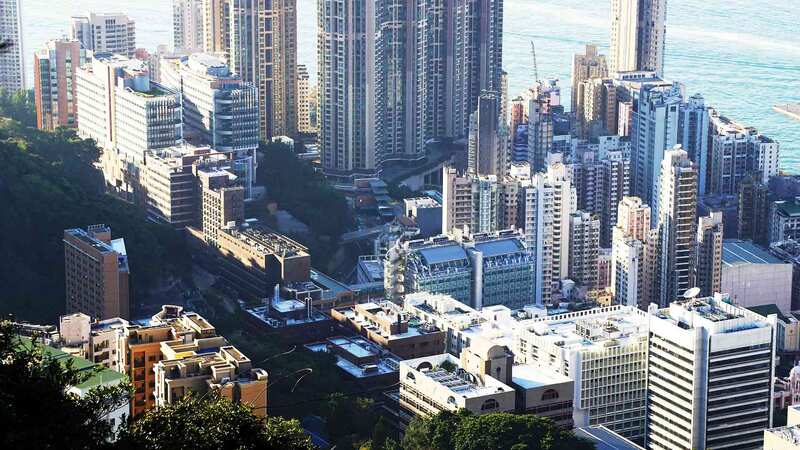You are viewing your 1 free article this month. Login to read more articles.
Boris' London
Still they come, surging towards me across the bridge.
On they march in sun, wind, rain, snow and sleet. Almost every morning I cycle past them in rank after heaving rank as they emerge from London Bridge station and tramp tramp tramp up and along the broad 239-metre pavement that leads over the river and towards their places of work.
It feels as if I am reviewing an honourable regiment of yomping commuters, and as I pass them down the bus-rutted tarmac there is the occasional eyes left moment and I will be greeted with a smile or perhaps a cheery four-letter cry.
Sometimes they are on the phone, or talking to their neighbours, or checking their texts. A few of them may glance at the scene, which is certainly worth a glance: on their left the glistening turrets of the City, on the right the white Norman keep, the guns of HMS Belfast and the mad castellations of Tower Bridge, and beneath them the powerful swirling eddies of the river that seems to be green or brown depending on the time of day. Mainly, however, they have their mouths set and eyes with that blank and inward look of people who have done the bus or the Tube or the overground train and are steeling themselves for the day ahead.
This was the sight, you remember, that filled TS Eliot with horror. A crowd flowed over London Bridge, so many, reported the sensitive banker-turned-poet. I had not thought death had undone so many, he moaned; and yet ninety years after Eliot freaked out the tide of humanity is fuller than ever. When I pass that pavement at off-peak times I can see that it is pale and worn from the pounding, and that not even the chewing gum can survive the wildebeest tread.
The crowd has changed since Eliot had his moment of apocalypse. There are thousands of women on the march today, wearing trainers and carrying their heels in bags. The men have rucksacks instead of briefcases; no-one is wearing a bowler hat and hardly anyone seems to be smoking a cigarette, let alone a pipe. But London’s commuters are still the same in their trudging purpose, and they come in numbers not seen before.
London’s buses are carrying more people than at any time in history. The Tube is travelling more times than ever, and more people are riding on the trains. It would be nice to reveal that people are ditching their cars in favour of public transport; and yet the paradox is that private motor vehicle transport is also increasing, and cycling has gone up 15 per cent in one year.
As we look back at the last twenty years of the information technology revolution, there is one confident prediction that has not come true.
They said we would all be sitting in our kitchens in Dorking or Dorset and ‘telecottaging’ down the ‘information superhighway’. Video link-ups, we were told, would make meetings unnecessary. What tosh.
Whatever we may think they ‘need’ to do, people want to see other people up close. I leave it to the anthropologists to come up with the detailed analysis, but you only have to try a week of ‘working from home’ to know it is not all it’s cracked up to be.
Extracted from Johnson's Life of London, out now, published by HarperCollins.













